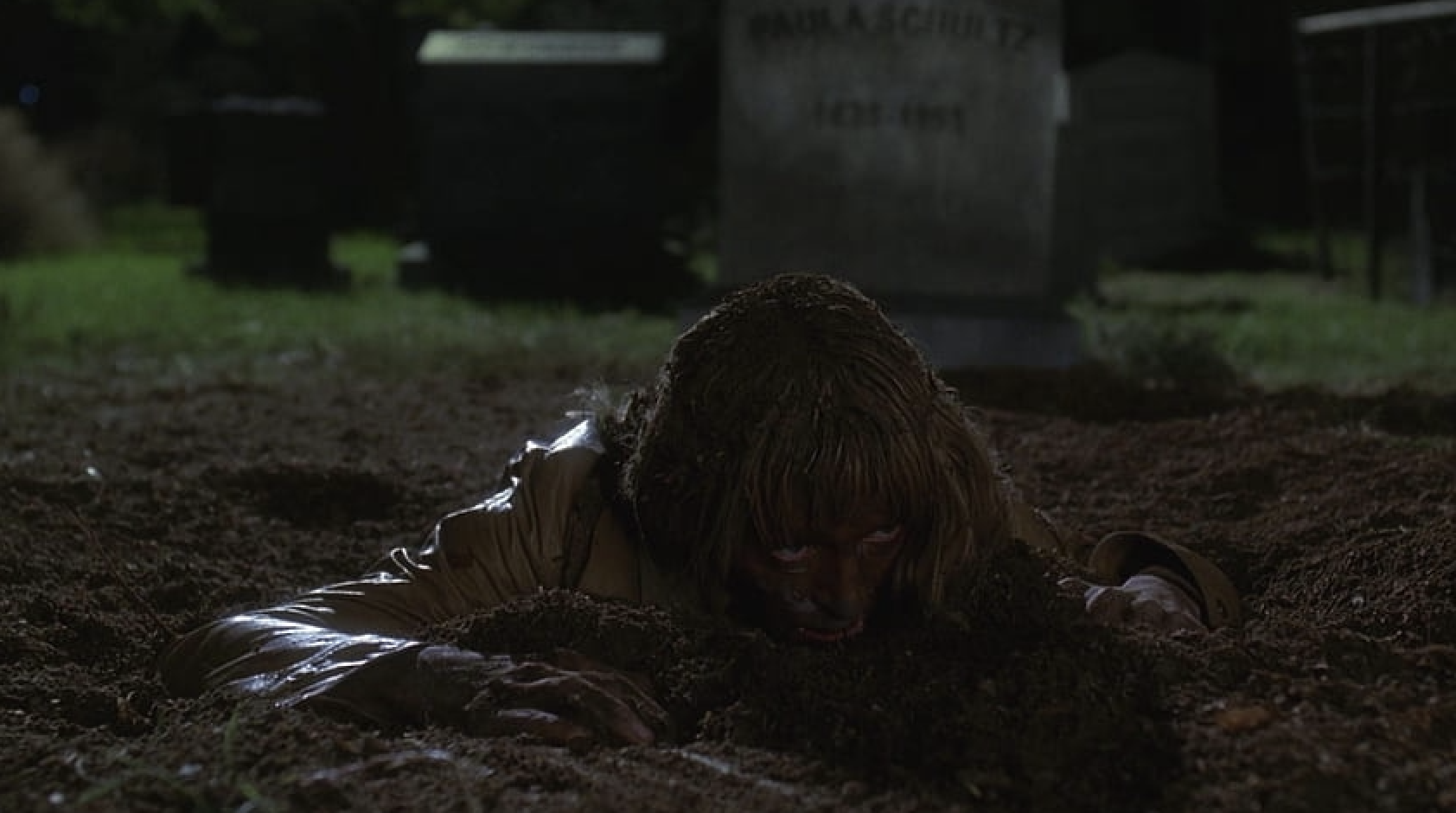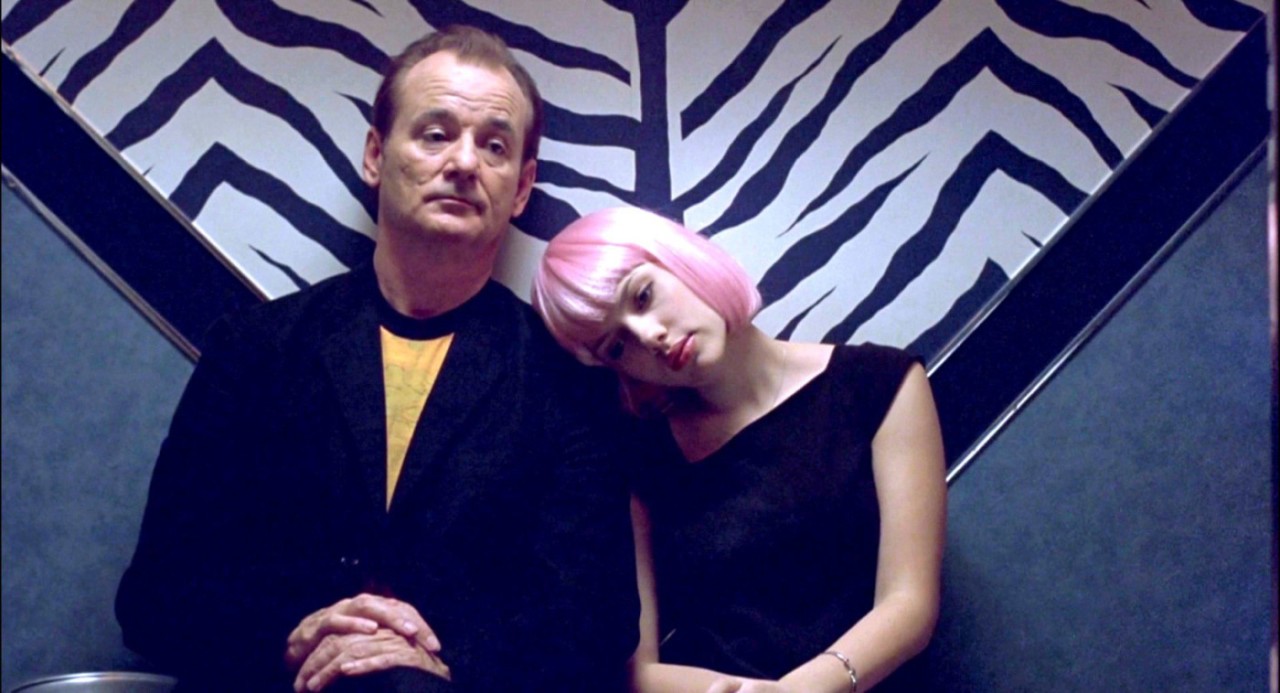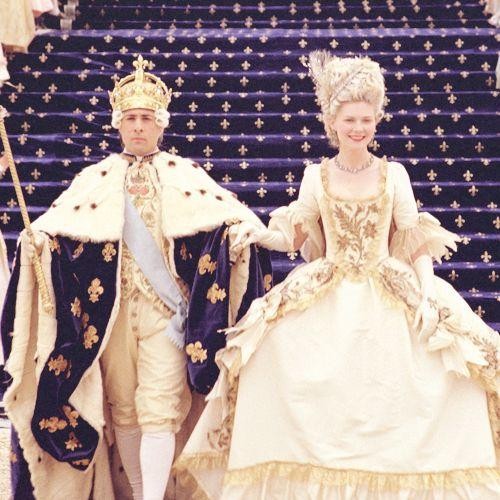Let That Sync In Pt.1
I've always been fascinated by the fusion of music and moving image, and by the range of emotions this union can evoke. Being both a music and film lover, when I see that these two make a great match I cannot help but get emotional, as if two of my best friends got together. When this match is successful it can elevate both parts and give them a whole new meaning, a bit like the ideal relationship, which I have only heard stories about. So here is Part 1 of my list of fantastic syncs (Google will tell you where to find them).

︎Julee Cruise - The World Spins
This is one of the most powerful moments in the whole series in my opinion. All the key characters are called in to the same room, some strangers to each other but whose fates are nevertheless intertwined by one mutual connection, Laura Palmer. In this scene Cruise's angelic voice, which has given an extra otherworldly layer to Lynch's work, permeates the room with a feeling of shared grief and candid despair. It's a cathartic moment in the series. When she starts singing, suddenly everyone comes to the realisation, simultaneously and instinctively, that the killer has killed again. The scene is almost unspoken, hence the choice of music is everything, as it leads the storytelling and has an undeniably evocative power to it. Although Julee Cruise's voice holds most of the emotional power, the instrumentals play their part in creating the spiritual mood of this scene. Dreamy synths fill the room with soft notes, adding solemnity to the moment.

Kill Bill Volume 2 - The grave scene
︎Ennio Morricone - L'Arena
Ennio Morricone's L'arena gives this scene an epic feel, through the fierce solemnity of the composition that matches Beatrix Kiddo's moment of glory, whilst she breathlessly but surely gets out of the grave where she was buried alive. This wonderful music/image match breaks through the sense of claustrophobic paralysis, growing a feeling of pride and freeing glory in the audience, almost as if we were also buried there with the heroine. Soft but firm percussions open the scene, followed by a whistling melody that recalls a Sergio Leone gun fight, setting the mood for Beatrix's sassy retaliation. Her determination is punctuated by the trumpets kicking in - telling us she means business. The guitars announce the beginning of the crescendo. They are the quiet before the storm, keeping us on our toes until the choir joins in, almost to encourage the heroine to commit to her escape plan. As she punches the wooden coffin upwards with repetitive and precise motions, the music and the scene reach a climax, with the trumpets powerfully blowing notes as Beatrix's hand comes out of the grave, ending the suspense. That was intense. Quentin Tarantino is a master of soundtracks, and this scene is no exception. His use of classic and epic pieces of music applied to a modern context, adds a vintage layer to his scenes, granting the characters an iconic individualism.

Stranger Things SE4 Chapter 4
︎Kate Bush - Running up that Hill
We've recently witnessed the 1985 single by magical Kate Bush chart-rocket to the top in the UK (No.1!) - astonishingly achieved following its feature in the series Stranger Things. Now that's a match made in music heaven! It made a single from 1985 feel current and appealing to a young audience, the majority of whom would probably not have given it too much credit if they had just heard it randomly on the radio. Not because it isn't a great tune in its own right, but simply because taken singularly it might sound outdated to younger generations, and this is where a successful sync works its magic. Beside being featured in a super trending series set in the 80s, the context in which the track is played is critical to its success. In the episode, the song is literally a life saver - the melodic equivalent of an inhaler during an asthma attack. Throughout the series we've all grown fond of Max, whose favourite song is... you guessed it. But just in case you haven't, it's RUTH (now try to work out the acronym). Kate Bush's haunting voice plays in Max's headphones, shining a light just when we thought we were going to lose her to the evil Vecna. Musically speaking, the track's nostalgic and ethereal feel perfectly matches the near-loss we the audience experience, in the same way that the growing upbeat tempo goes brilliantly with Max's desperate and challenging run towards the portal, through which she escapes the underworld. Not only does her favourite song physically open the portal, it also gives her the hope and stamina to free herself from the monster. Aside from drawing an analogy to Max running for her life, the song lyrics are, in some ways, evocative of her personal story, adding depth to our emotional connection with the scene and the characters.

Let That Sync In Pt.2 - Sophia Coppola Special
When it comes to soundtracks Sofia Coppola never disappoints, not me at least. This is, in part, because her choice of soundtracks goes hand in hand with my music taste, but bias aside I believe that her ability to render emotions and aesthetics through music is bang-on, and classy. In her films, music often leads the narrative. Sometimes it floats on the storyline's surface, but doesn't shy away from dipping into deeper emotional layers.
In this short piece I ramble about some of Coppola's best music/film matches, read on!

Marie Antoinette, coronation scene
︎Plain Song, The Cure
This is probably the one that gets me the most - the scene in Marie Antoinette where Kirsten Dunst descends a very regal flight of stairs after her husband's coronation. The music chosen to accompany this majestic moment is Plain Song by The Cure, which perfectly fits the scene on both a visual and an emotional level. Marie Antoinette's alienated and dreamy state during the coronation, and the anticipation before the moment of solemnity is over, are enhanced by the chiming sounds of Plainsong's intro. The music is poignant as it creates an ethereal suspense, padding the emotional rollercoaster the protagonist is experiencing: dazzlement, fear, boredom, pride, excitement and the unknown life that lies ahead of her. The stillness of the moment is suddenly broken by what sounds like crystals exploding, as the scene changes - the ceremony is over, the song starts and so does her new life as the queen.
This is a strong sync in my opinion as the music - particularly the crystal-sounding blow-up at the start - not only captures what is going on in the scene but also anticipates the life of luxury and decadence that Marie Antoinette will iconically conduce. This might just be my elaborate interpretation, but it was nevertheless triggered by an inspiring music/imagery pairing.
The queen's rebellious and excessive lifestyle is also emphasised by a film poster that could easily be an iconic punk album cover in collaboration with Vivienne Westwood, and a series of indie rock and post-punk tunes from The Strokes, Siouxsie and the Banshees, Gang of Four, New Order and more, in perfect Sofia Coppola indie fashion.

The Virgin Suicides
This 1999 film uses its natural light lenses to depict the bittersweet existence of the Lisbon girls, 5 dreamy teenagers navigating adolescence while under the tight leash of very conservative, prohibitive parents. The girls’ isolation and involuntary reclusive lifestyle create a space between them and their peers, and it’s around this inaccessible space that the story (and the soundtrack) unfold.
The film is set in the 70s and the music echoes that, one scene in particular. Due to yet another punishment from their mother, the girls are forbidden from leaving the house, and their already inexistent social life is put to a halt. This prompts the group of (secretly) Lisbon-girls-fan-boys to start a record-playing telephone session in an attempt to connect with the girls. It's a vinyl battle of iconic love songs such as The Air that I Breathe by The Hollies and How Can You Mend A Broken Heart by the Bee Gees, melting our hearts in a river of nostalgia (regardless of the decade you belong to).
The official score Virgin Suicides was composed by Air for the homonymous film and it was placed at number 11 on NME's 2014 '61 of the Greatest Film Soundtracks Ever' list. The music, a mix of ambient, jazz and synth rock, articulates the narrative of each scene, adding to the dream-like tone of the film. And who better than Air could accomplish that? You know the score! (pun unapologetically intended).
Lost in Translation
This film unfolds in the unsaid, with a little help from a stellar soundtrack. It's hard to pick a favourite song. As it's often the case in Sofia Coppola's movies, aesthetics play a major role in Lost in Translation, both musically and visually. It's the whimsical bridge between what we (the audience) experience and the characters, and it gives us the freedom to shape our own opinion on what's happening in the film, without showing so explicitly. Nostalgia, love and loneliness are expressed through an iconic soundtrack that prompts dreamy introspection (Alone in Kyoto by Air) and the bittersweet nature of impossible relationships, but make it cool (More than This by Roxy Music). The main theme of the film is the encounter and developing friendship between Bob Harris (a quasi-retired film star) and Charlotte, a young woman in search of herself, bored with the mundane and people's small talk. The two bond over a shared sense of detachment from the world around them and together they explore a different side of Tokyo, away from the phoneys and obligatory get-togethers. Their spontaneous and rebellious galavanting around town is glamourised by iconic vintage tunes such as More than This by Roxy Music, emphasising the protagonists' search for escapism. In one scene, a personal favourite, Bob and Charlotte are returning from a night out, it's early morning and the cab slides through the streets of Tokyo while My Bloody Valentine's Sometimes plays in the background. The soft vocals in the track are the perfect lullaby at the end of a night well-spent, and the lyrics reinforce the idea of the growing romantic feelings between the main characters.
Finally the ending scene, time for farewells and the oh-so-awaited kiss. The reason why the closing song is so good is that no matter how stuck Charlotte is feeling at the moment, Just Like Honey by The Jesus and Mary Chain tells us she will be fine, more than fine in fact, she'll "take on half the world". As painful as parting can be, Charlotte's encounter with Bob gave her the reassurance that magic can be found where and when it's least expected.